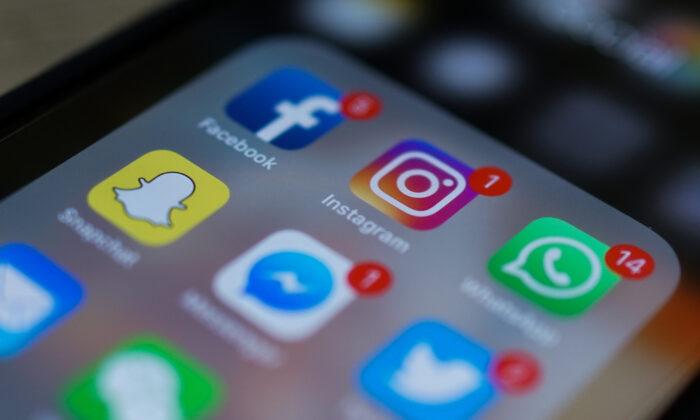It may seem that everywhere you turn, costs are going up. Earlier this year, Chipotle raised its menu prices by about 4 percent. Food products were 2.4 percent more expensive in June 2021 than in June 2020. Used cars are creeping toward the typical tag of a new car, and rent prices are up 7.5 percent nationwide.
“We’re currently seeing price increases across the major segments that impact consumers’ wallets,” Henrique Aveiro, director of machine learning and AI at Insite AI, told The Epoch Times. Insite AI helps consumer goods manufacturers and brands with revenue cycle management and decision-making using artificial intelligence.
“The only food subcategory that had declining prices was cereals and bakery products,” Aveiro said.
Looking a little further down the line can also spark concern. PepsiCo reported its intent to raise prices in 2021. Toymakers Hasbro and Mattel echoed plans to increase prices during the second half of the year. Whirlpool’s appliances will get stickers with increases between 5 and 12 percent.
“Our data shows that inflation will grow more over the next couple of months as businesses recoup their pandemic losses,” Aveiro said.
Inflation and Price Increases
Over the course of time, the cost of goods and services rarely remain steady. Prices typically rise approximately 2 or 3 percent from year to year during periods of low inflation. There have been times when inflation has caused prices to climb quickly, such as by 5 or 10 percent, from one year to the next. Occasionally prices fall too, which is known as deflation.Pandemic-related lockdowns created disruption across the globe, shaking up supply chains, causing labor shortages, and spurring increases in the costs of commodities and employee wages. Lockdowns have also led to unique trends in the way people travel, work, shop, and spend their time and dollars. “There is no other contemporary period in history where we have seen so many major consumer habit shifts,” Aveiro said.
Buying Versus Waiting
Large purchases such as homes can trigger extra stress when prices are climbing.“Some buyers are being priced out of their desired areas,” Nicole Serviss, a realtor in the Seattle area, told The Epoch Times.
“In some cases, it’s better to overpay for a home now just to guarantee you’ll be able to buy one, than to wait,” she said.
If your timeline is flexible, however, you may decide to home shop next year to evaluate prices. You’ll also want to consider interest rates on mortgages and monthly payments to see if the amount fits into your budget.
For other large-ticket items like autos, it may be worthwhile to compare the price of a used model against a new version. You might find there are benefits to purchasing a new vehicle if the price difference between new and used is minimal. If you don’t immediately need a car, it may be valuable to wait until next year to allow time for the supply of cars to catch up to the market demand and potentially bring down prices.
Everyday goods like groceries and household items may require a shift in your budget.
Budgeting for the Future
Prices may fluctuate in the coming months, and the safest way to be prepared may be to expect to pay more for groceries, household goods, and other living costs.“We are headed for higher inflation,” David V. Lewis, a financial planner at Montlake Capital Management, told The Epoch Times.
“Not just from the COVID economic rebound and reset of wages,” he said. The steep federal deficit and other factors could lead to higher interest rates and a further incline of prices.
Since the purchasing power of the dollar weakens as inflation increases, the effects can hit savings accounts. Inflation “disrupts the values of pensions and pension planning,” Lewis said. It may be a good time to revisit your long-term saving plan and portfolio. Keeping assets diversified and not outspending your income could be the ticket to get through the coming months and beyond.





